Hungarian photojournalist Nicky Almasy was house photographer at That’s Shanghai from 2009-2013, spending five years capturing the diversity of this ever-shifting city, from life in the old lanes to ultra-modern skyscrapers under construction.
He then took his hunt for a colorful story continent-wide, traversing Asia for Travel 360, AirAsia’s inflight magazine. Grounded by the COVID-19 pandemic, Almasy sat down and re-lived his life of wanderlust in writing. The result was an enthralling memoir, Recycling Reality, newly published by Earnshaw Books.
From an ill-fated attempt to enter the US through Tijuana, to a decade in China documenting Shanghai’s jazz scene (and everything else); from exploring the malaria-stricken hinterlands of Cambodia to the burnout that too much travel can bring about, Recycling Reality is a rollercoaster ride through the world of photojournalism, exploring the pleasures and pitfalls of frenetically trying to capture the world through a camera lens.
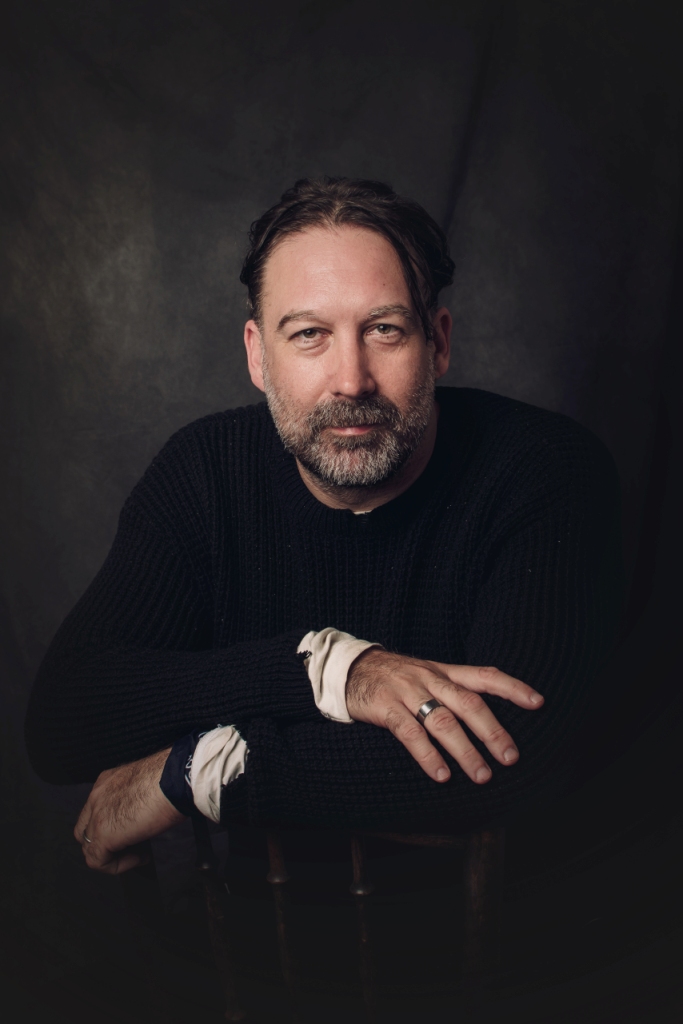
We caught up with Almasy to talk about his journey and the new book.
Congratulations on the publication of Recycling Reality. It certainly starts with a bang – a terrifying, and ultimately savage attempted border crossing from Tijuana into the US. How was it re-living that experience in writing?
I hadn’t talked or even thought about that incident for about 15 years after it happened. Not even to close friends, as I was deeply ashamed of my own gullibility… even though it was the most fearless thing I’ve ever done to venture through that border.
However, while I was writing the book, I was looking for a powerful story to start with; something that really expresses extreme travel. But it was buried so deep inside of me that I didn’t think of it at first.
Then the penny dropped; I should start with the Mexico border incident! It was the only way, and it really gave it a strong opener and also a good first line, which is always difficult to find for any book.
It was extremely hard to revisit it as I so desperately tried to wipe it from my memory, but I’m glad I did because it was very therapeutic in the end.
It was strange but also somehow healing to look through the streets of Tijuana through modern technology with Google maps, seeking out for the area where it all went down.
In the end, when I’ve finished writing the chapter, I felt relieved; through analyzing it, no matter how brutal it was, it turned out to be a positive thing. Something I realized that had to happen so I could end up in Asia.
We should all confront these traumas insides of us; it helps to move on, and it does make things easier.
How long has the book been in the works? What compelled you to write it? And what was your writing process?
I wrote it through 2019 while working for AirAsia. It was an insane period for me with impossible travel schedules criss-crossing Asia, doing about 150,000km each year (roughly four times around the earth), but I made the extra effort, and I woke up at 5am every morning to write an hour or two before even opening up the news or emails.
According to Vedanta, the Hindu philosophical tradition, 5am to 6am is called the sattvic hour, when your thoughts are the purest and you are at your most perceptive. For me, is it’s the best hour to write. It’s way more effective than the cliche of disappearing to a country house to write for a few months. At least to me.
I then completed it in 2020. But really, I’d started it in Shanghai in a way, because I was constantly scribbling notes for it even during shoots; just collecting thoughts, which later I categorized into chapters.
What compelled me to write it was the environment I was living in; Shanghai, Bangkok then KL – and the incredible people and stories that surrounded me.
The book is labeled as a memoir, but it’s misleading and makes it sound so self-centered. The truth is, Recycling Reality is ultimately about the most inspiring people and their stories that I came across through my life and inspired me as a photographer.
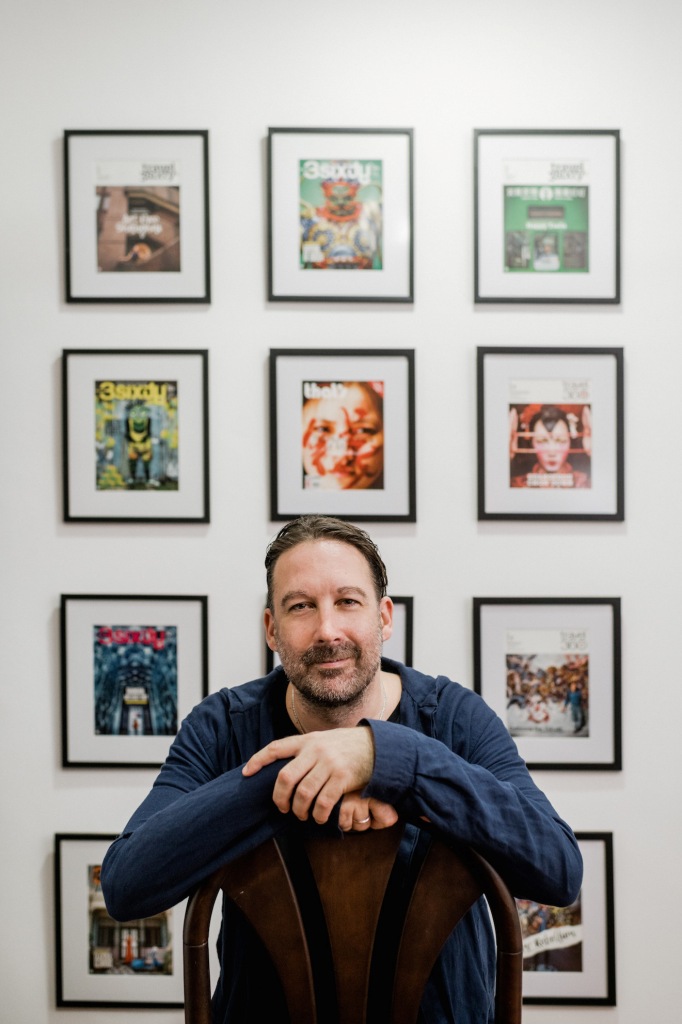
Almasy in front of some of the many magazine covers he has shot across Asia
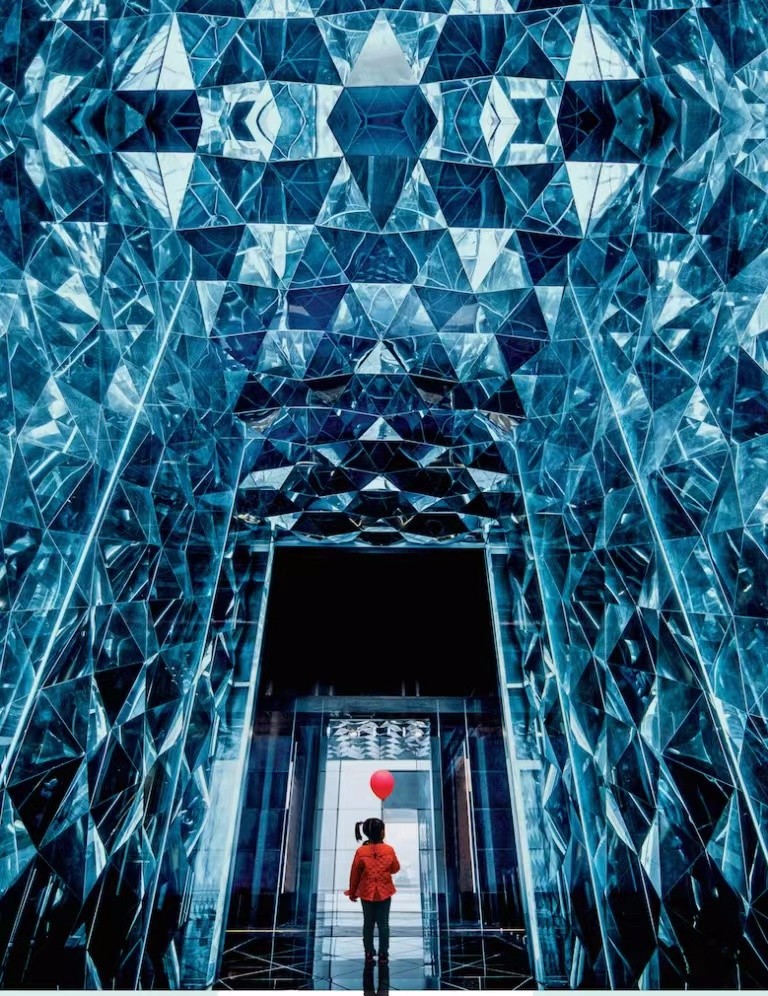
One such cover image, taken at the Shanghai Museum of Glass
Tell us about how you first fell in love with images?
I was very image-driven from a young age; totally in love with magazines and comic books.
There was a tiny newspaper kiosk in my hometown in Hungary, and it was the center of my universe when I was around five. I visited it almost every day. Even now when I go back to Hungary I visit the now empty place, like a shrine. That little kiosk was so important to me.
Then I studied images through feverishly collecting magazines and newspapers during my London years; wherever I lived, the walls of my rooms were covered in clippings.
So when I picked up my first camera in 2004, it all came naturally to take photos. That was when I found myself; the turning point when I realized that I could make a living out of photography.
It was China where your photography career started in earnest. How did that come about?
China is a place that just begs to be photographed; it’s the land of extremes, the land of contradictions. Any right-minded photographer would venture into it.
First, I lived between Shenzhen and Hong Kong, near the LoWu Border. It’s where two worlds meet. I was sent out to China by a company that was selling electronic parts to do quality control at the factories because there were too many faulty products. So they armed me with a camera to take photos of everything that gets packed in the boxes before they got shipped back to Europe.
So I spent my days in these nowhere town factories and, while I was taking photos of the products, I started to point my camera at the incredible life around me; the life of factory workers, the surroundings, bizarre juxtapositions like factories where Christmas decorations were produced.
There were so many fascinating things around me that I just had to capture it; there was no other way around it. And meanwhile – simultaneously – I was shooting Hong Kong’s colorful street life. It all started there.
Then, I visited Shanghai on one occasion and immediately fell in love with the city. So I asked the company to transfer me there.
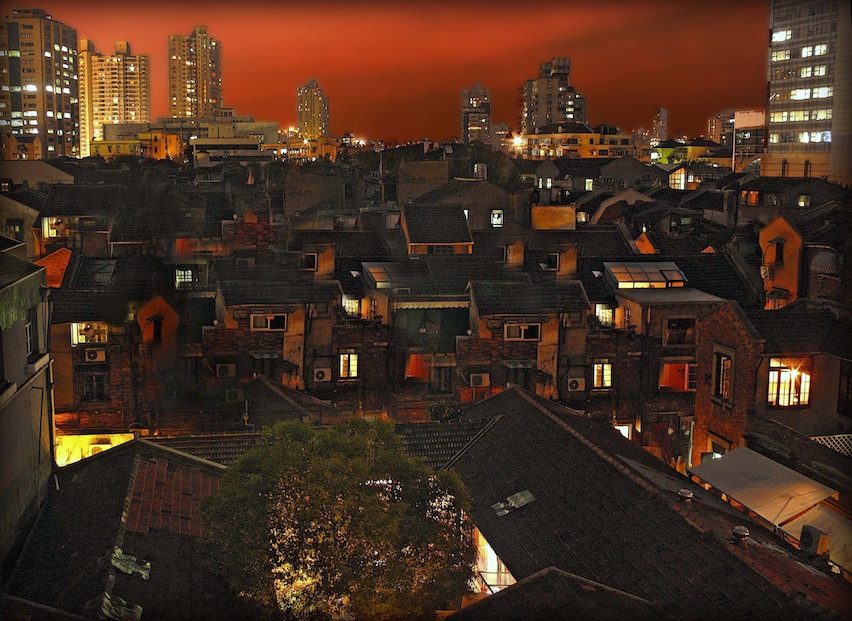
A photo from Almasy's 'Vanishing of Old Shanghai' series
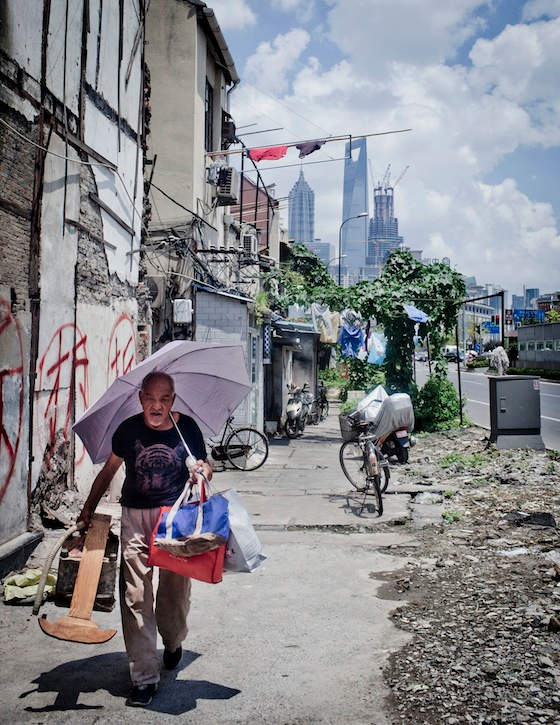
A photo from Almasy's 'Vanishing of Old Shanghai' series
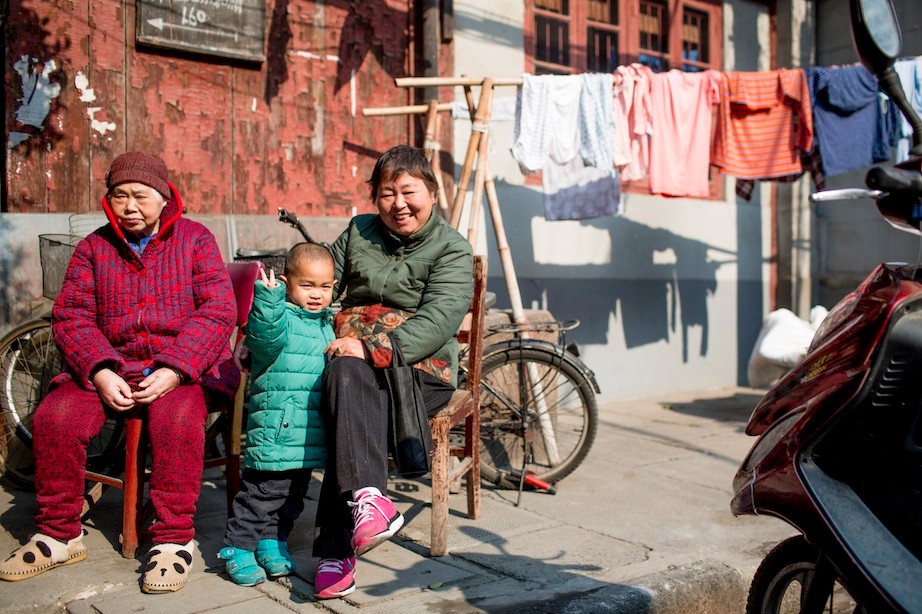
A photo from Almasy's 'Vanishing of Old Shanghai' series

A photo from Almasy's 'Vanishing of Old Shanghai' series

A photo from Almasy's 'Vanishing of Old Shanghai' series
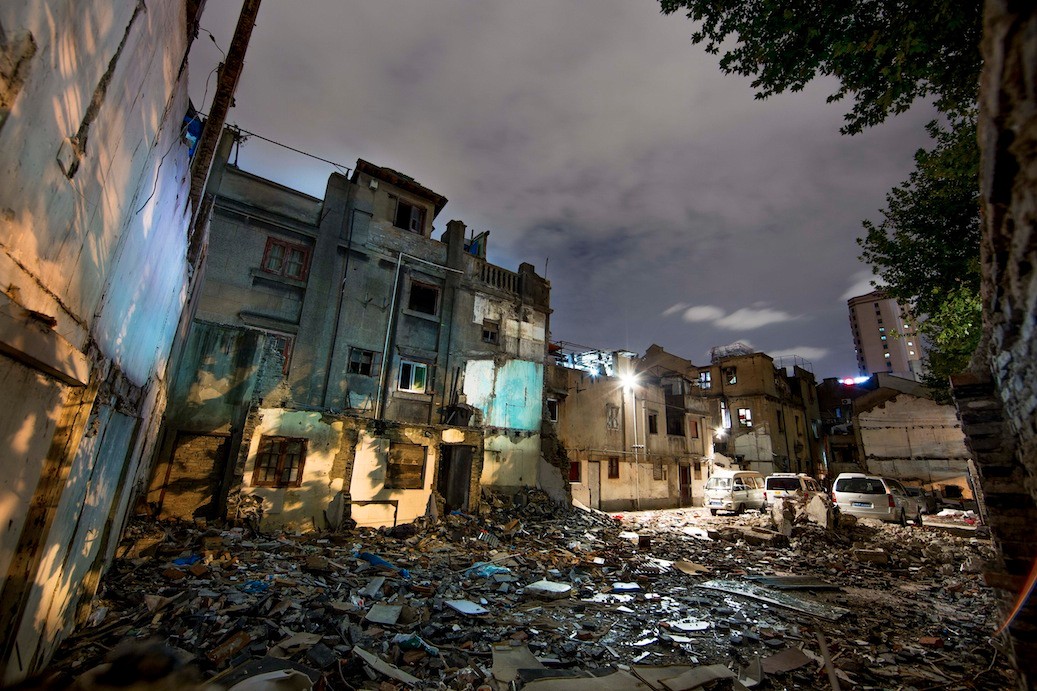
A photo from Almasy's 'Vanishing of Old Shanghai' series
READ MORE: Stunning Photos Capture the Vanishing of Old Shanghai
Yours is a classic China / Shanghai of that era story – a chance encounter bringing you here, discovering your passion and then making it happen as your career. What were the factors that allowed for that?
The electronic company pulled out shortly after I moved to Shanghai, and my wife and I simply decided to stay in the city. It was that easy back then, around 2006.
To look back, I can hardly believe that our visas were delivered to our house and the contact person just asked: ‘You want one year or more?’ It was so easy back then, just a matter of money.
First, we were making a living out of being film extras, and we were busy as hell, constantly getting calls and earning a few hundred dollars each day. You were not only living in the best city in the world, but you were walking around in film sets of 1930s Shanghai.
It was surreal and unbelievable. We did a Jackie Chan film, Forbidden Kingdom, shooting it for about two weeks, and that’s where I got most of my networking and made important friendships.

A photo taken for That's Shanghai's ‘Man on the Street’ series
Do you think China attracted a certain type of person during that period?
Yes, I think Shanghai attracted a certain kind of person. If you looked carefully, you recognized its potential and you knew you could make your life there. If you picked a certain direction for yourself – like I did with photography – took it seriously enough and stuck to it, then you would be winning already.
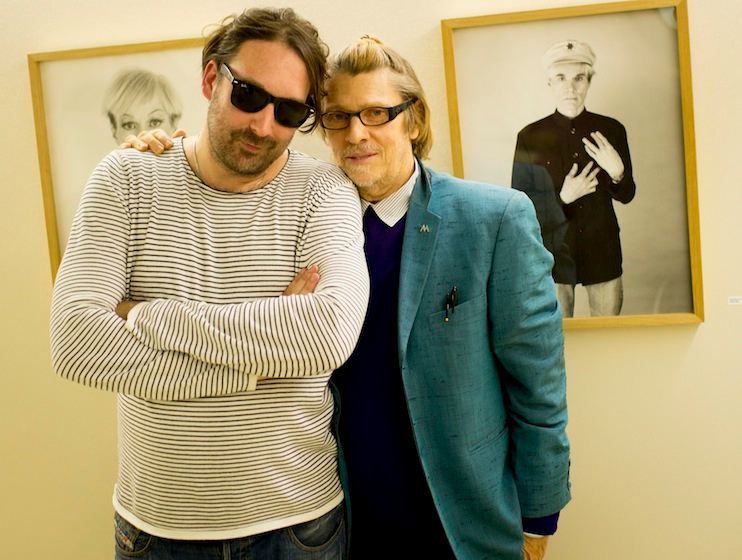
Almasy with Andy Warhol photographer Christopher Makos
READ MORE: When Andy Warhol Came to China
It was a pivotal era in Shanghai, especially from 2005 to 2015. The city was the ultimate definition of the right place and the right time. The land of opportunities. It had this charm and an irresistible lure for adventurers who wanted to turn their dreams into reality.
Almasy's 'The Evolution of Yongkang Lu'
For those of us that were here in that 2005 to 2015 period, it feels like something special happened in Shanghai that we all appreciate experiencing and being a part of. What was is that made it so unique?
I approached this period almost entirely from a visual point of view. I was totally mesmerized how these two conflicting parts of the city – Puxi and Pudong – stared at each other over the river in an almost schizophrenic sense. It was an incredible site, whenever I looked at it.

Shanghai Tower under construction in Pudong, as seen from Puxi
Your Shanghai was whatever you projected into it; it could be this ultramodern megalopolis, a world of glass and steel; while on the other hand there was Puxi, with its charming, old, traditional areas, which were a seemingly inexhaustible photographic inspiration to me.
I can say I framed my every waking hour of my decade living in Shanghai; it was how I saw and experienced the city. Something I wouldn’t do today.
How important was it for you to capture the Shanghai music scene of that period? And do you still keep in touch with all those characters?
Documenting the Shanghai jazz and blues scene was the first very important project I did in the city. It really made my name known around town. I did most of it for free or for very little money, because I knew it would spread the word – posters appearing all over the place and in magazines – and musicians started to recommend me to each other. So it benefited me in the end.
I loved working with musicians because I understood the world they were coming from (I played in bands all through my youth), and each one was so interesting and colorful. I was like a butterfly collector running around capturing them with my camera, and I built up a collection to have my first exhibition on Shanghai jazz.
 A photo from Almasy's 'Musicians of Shanghai' series
A photo from Almasy's 'Musicians of Shanghai' series

A photo from Almasy's 'Musicians of Shanghai' series
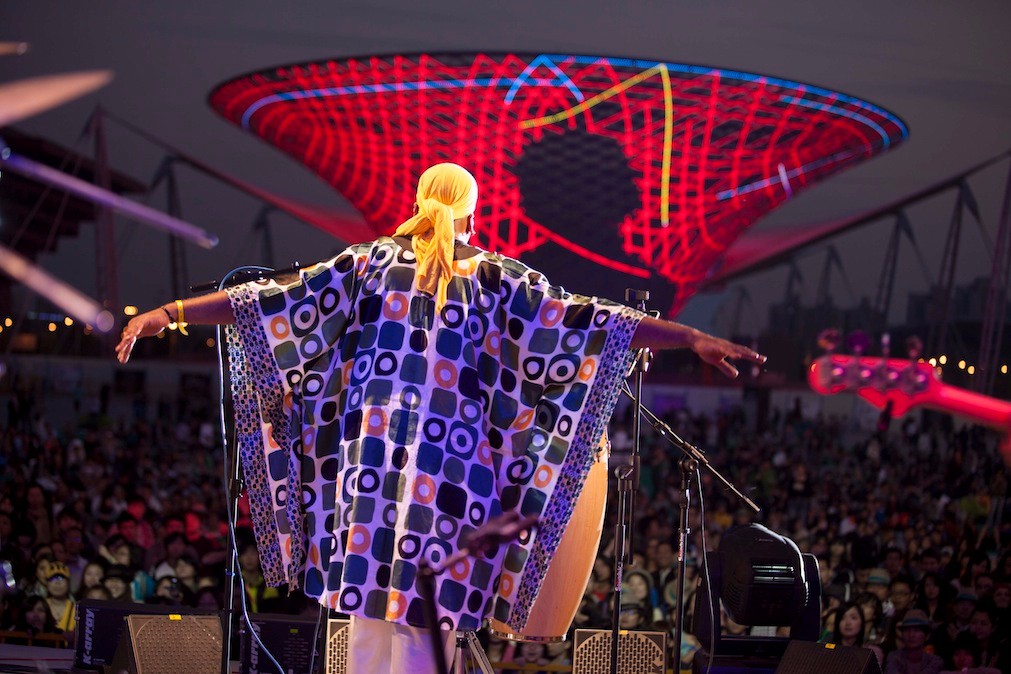
A photo from Almasy's 'Musicians of Shanghai' series
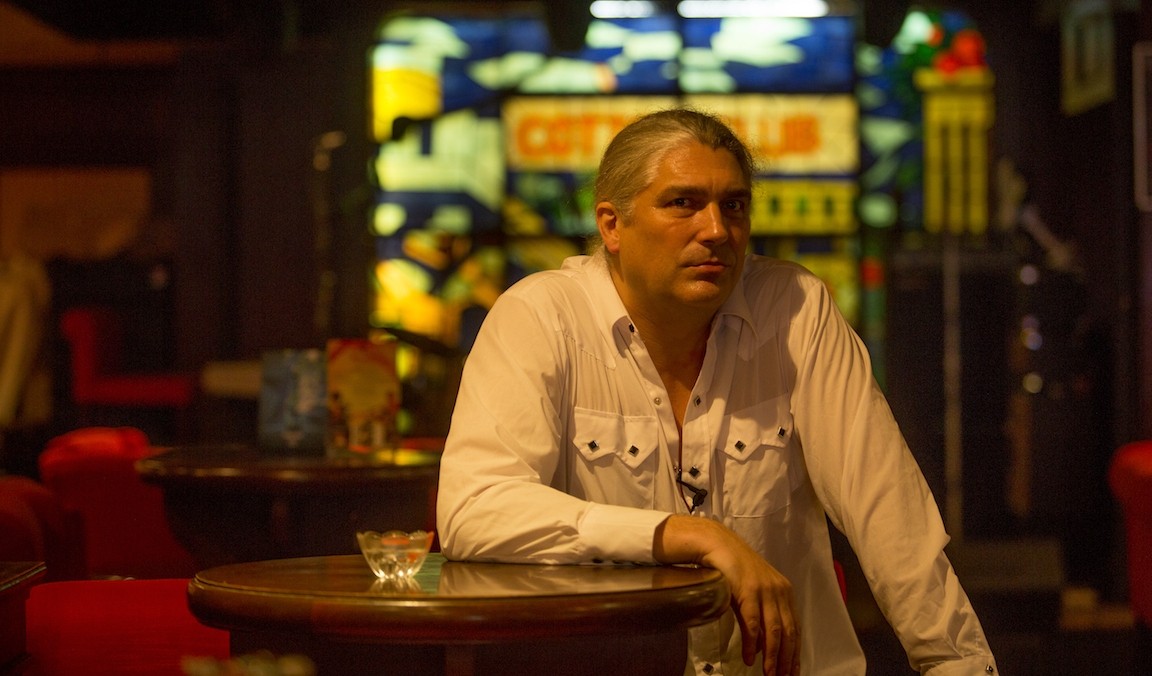
A photo from Almasy's 'Musicians of Shanghai' series
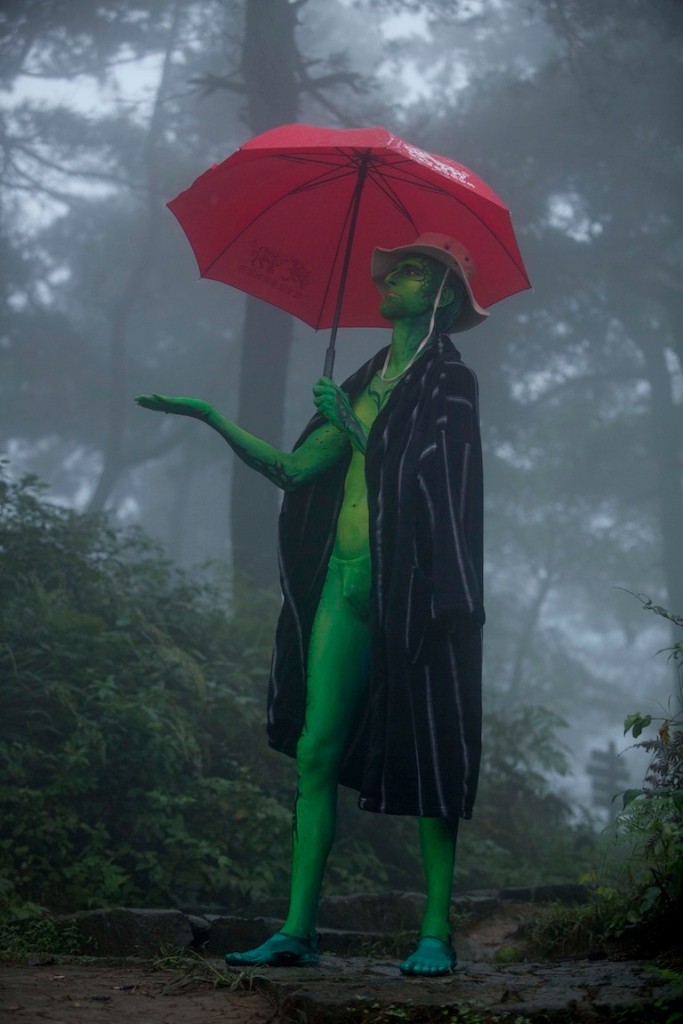
A photo from Almasy's 'Musicians of Shanghai' series
You were, in fact, a part of that music scene…
I was, but I really don’t consider myself a musician. I know real musicians and I’m certainly not one. I wrote some songs, played in some bands (in Shanghai, Monroe Stahr) did some gigs, recorded… but it wasn’t really my real path.
In fact, I don’t even listen to music anymore. Not ever. Which is really ironic because the first part of my life was only about music and bands.
That is mentioned in the book – your life in London in the 90s on the fringes of the burgeoning Britpop scene. But it gets not much more than that – a passing mention. Any good anecdotes about that period of your life?
Recycling Reality was not actually my first attempt at a memoir. I wrote my first one about the Britpop scene and my 10 years in London, which was called Every Corner, but it never got published.
Everything was in there: my interactions with famous bands of the 90s; Suede, Blur, even the Spice Girls; the whole Camden scene at the heart of Britpop; overdoses, sex, love affairs in my twenties.
So when my publisher Earnshaw Books asked me to add some details about my past and push it into one single chapter, I was really in trouble because London was another book, really. Yet I had to tell it in a nutshell.
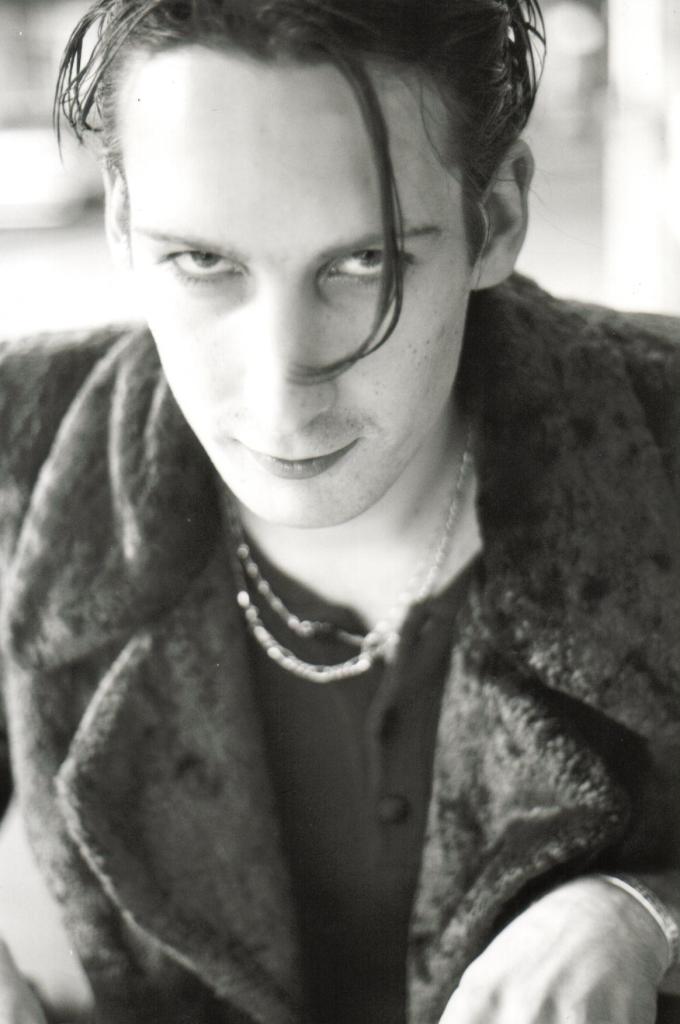
Almasy in his London years

Almasy in his London years
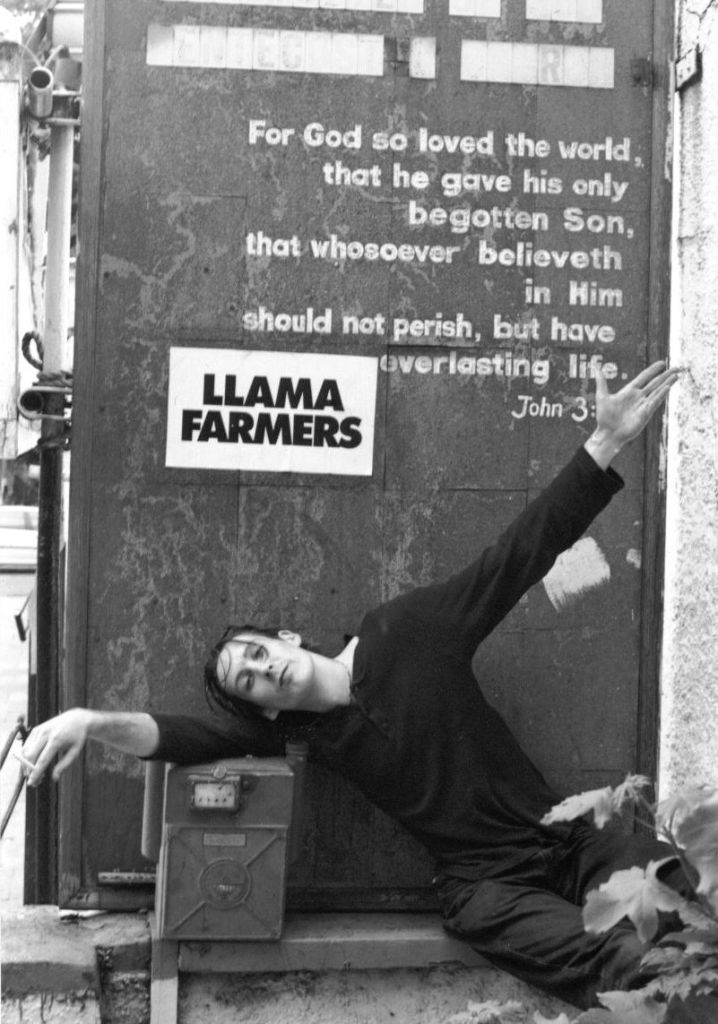
Almasy in his London years
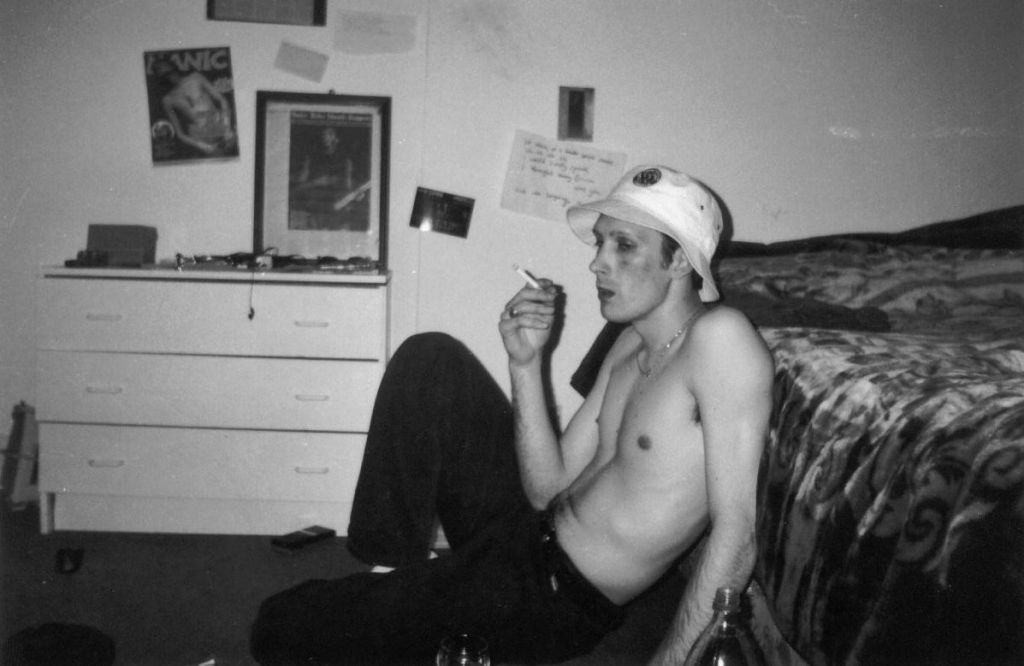
Almasy in his London years
I have a lot of good anecdotes that involve a lot of famous people, but the funniest one is that I regularly played pool with Pete Doherty (from The Libertines) in the iconic Camden pub, The Good Mixer, and when he became famous and was on the cover of magazines, I couldn’t place him for a very long time. “Who the hell is this guy, and where do I know him from?”
We were always so out of it that I recognized his face, but I couldn’t remember from where. Then a friend reminded me: “That’s Pete from the pub!”
In the book, you speak about the toll constant traveling takes on your psyche. What do you say to people who might be surprised – or even think you're ungrateful – about what would seem to be a dream job to them?
It’s a very complex and unique problem, and it’s hard to explain to anyone as people consider travel the ultimate escape – to hop on a plane and go on a holiday seems to be the answer to everything.
So it can sound very arrogant when you point out the pitfalls of too much travel, and I really hope I managed to convey this very unique dilemma in the book.
I made a mistake – I’d let travel to become work, and lost the joy in travel for good. I really traveled to such extremes as a photojournalist that I couldn’t really digest what I was seeing anymore – sometimes doing three stories for the in-flight magazine in three different countries in the space of a week. And this didn’t stop for years.
It makes your head spin, and you lose all joy in it naturally. My life was flights, hotels, airports and concentrating on these stories. Ever since then, I feel terribly claustrophobic on airplanes; just waiting for a flight, I get anxious and impatient. On top of that, I’d shot so many landmarks and tourist sites with such a rapidity that I never want to see a temple again.
But it’s all my fault and my problem; it’s just a bad, distorted reflection of the world. Thus, I’m not a fun travel companion anymore, as I don’t explore; I stay at the hotel if I can. So it did a lot of damage. To think that the traveling photojournalists life is a dream job is a total misconception. At least with the pace I did – I totally burned out.
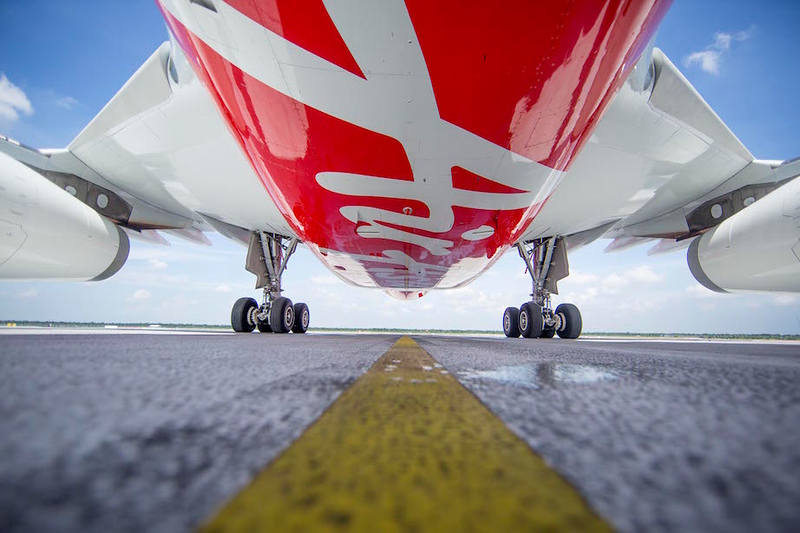
Post Shanghai, Almasy went on to traverse Asia for AirAsia magazine Travel 360

A photo taken on assignment for AirAsia's Travel 360

A photo taken in Japan on assignment for AirAsia's Travel 360
So what is your creative outlet nowadays. Writing, obviously – anything else?
Whenever I can, I draw, illustrate, preferably staying at one place – home in Kuala Lumpur.
Jumping back to your China years, the Shanghai Tower was a serious passion project of yours – a love affair in a way?
The Shanghai Tower was a major project in the Shanghai years, and it really defined how much I was in love with my profession, especially when it combined two of my favorite things as photographic subjects: people and buildings.
I met chief architect Marshall Strabala after I was already shooting the Shanghai Tower for myself, even when it was a hole in the ground around 2009. But he gave me access to the site, so I documented the construction and his work on it for five consecutive years.
This is what I mean when I say that the book is not really a memoir; the chapter ‘The Invisible Architect’ is really his story; his struggles told from my perspective, a photographer who worked next to him in his years of trouble. And of course the progress of the construction of the building.
Shanghai Tower fuelled my inspiration for a very long time. And I became friends with Marshall in the process – we’re still in touch.
Sadly, the book we had planned never got published, but it led me to other great projects, especially to my first officially published book, Hudec by Nicky Almasy.

Shanghai Tower chief architect Marshall Strabala

Almasy up an under construction Shanghai Tower
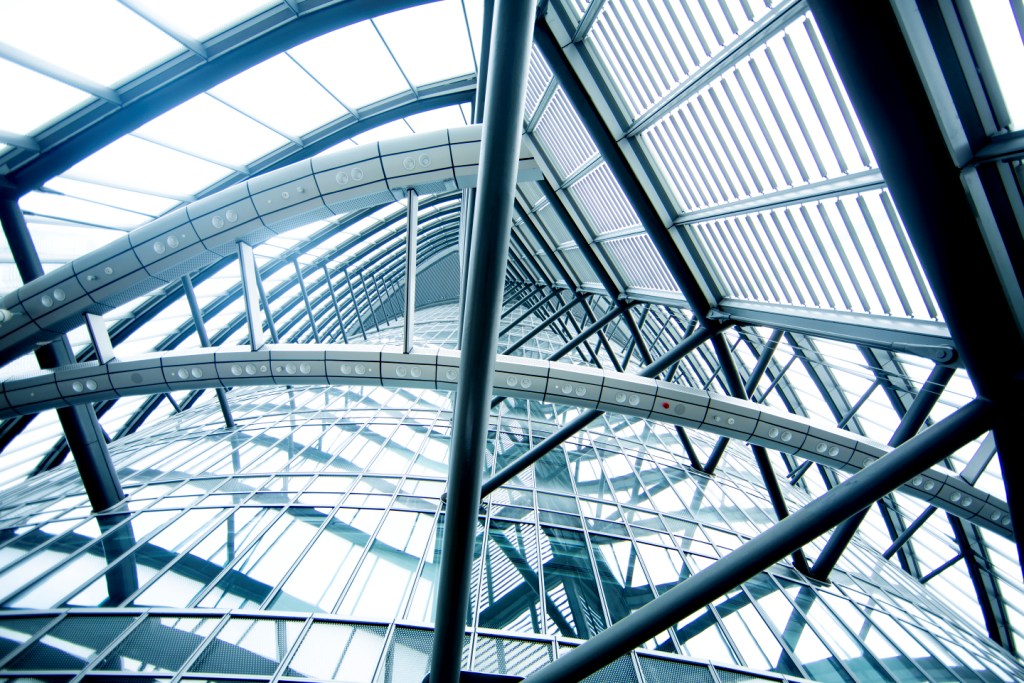
Inside Shanghai Tower looking up
Nicky Almasy Shanghai Tower chief architect Marshall Strabala

Almasy's photo of an under construction Shanghai Tower, and winner of ENR Best International Architectural Photo
Do you still hope to publish a Shanghai Tower book eventually?
I would love to see it come out and still discuss the possibility with Marshall. There’s a tremendous amount of material I have on it. Five years of photos, the Shanghai Tower from start to finish; the photos, floor plans, drawings, sketches, etc.
So it would make a beautiful book, and it would be a shame if it went to waste. But whatever happens to it, I’m at peace with it because I had the joy of that work for those years. That’s what really matters, those fantastic years.
Your range of photography is so wide and varied. What is it that gives you the most satisfaction?
People and buildings. Always have been and always will be. Even now that I work in George Town, Penang in Malaysia, I came across a human/building story. I’m working with Chris Ong, who has a few heritage hotels in George Town that he rebuilt in the Peranakan Straits Chinese style. I’ve been documenting his story for almost two years now.
So it’s always people and buildings that I come back to.
Purchase a Copy of Recycling Reality

Scan the QR code to purchase a copy of Nicky Almasy's Recycling Reality:

Reality Recycled: Photo Album Companion to the Memoir
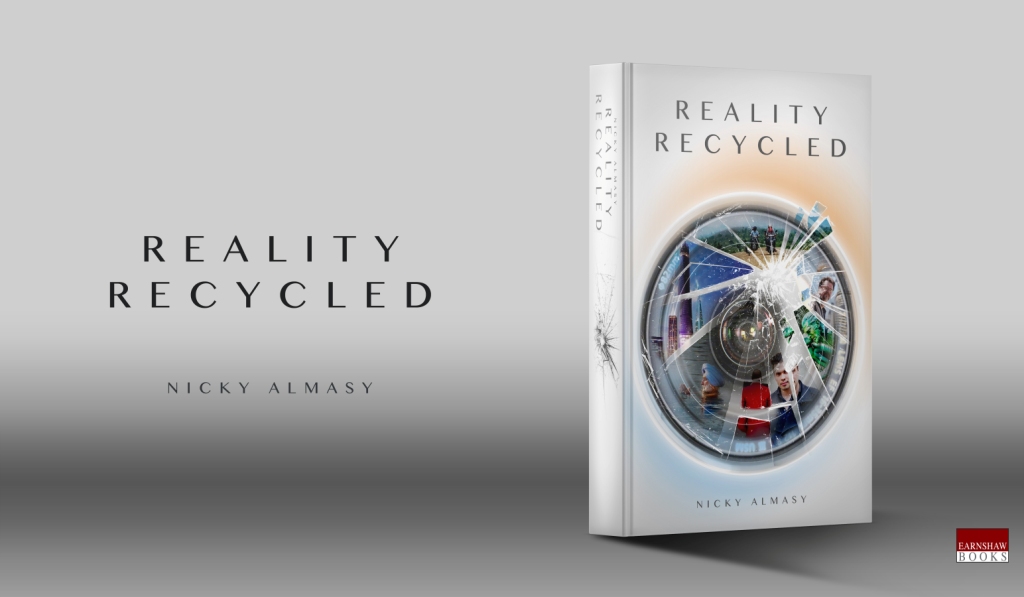
While the photographic memoir Recycling Reality aimed to tell the story completely devoid of images, relying only on words, Reality Recycled takes the opposite stand by chronicling Nicky Almasy’s travels and most important projects through his photography accumulated over two decades.
The chapters mirror the structure of Recycling Reality: youth in London; tragedy in Mexico; then Asia; the five years work on the Shanghai Tower with architect Marshall Strabala; malaria in Cambodia; the AirAsia years; and many other stories observed through the lens.
Reality Recycled the photo album is an unmissable addition to anyone who has read the memoir.
Nicky Almasy on That's Shanghai
For more Nicky Almasy photojournalism, scan the QR code:

[All images courtesy of Nicky Almasy / Earnshaw Books]






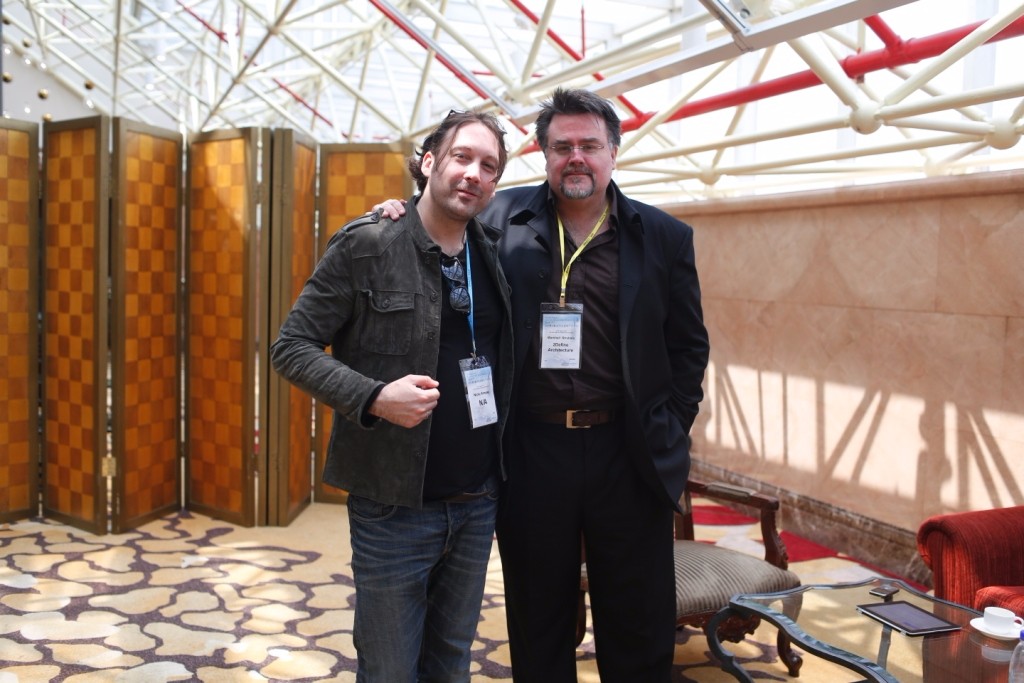
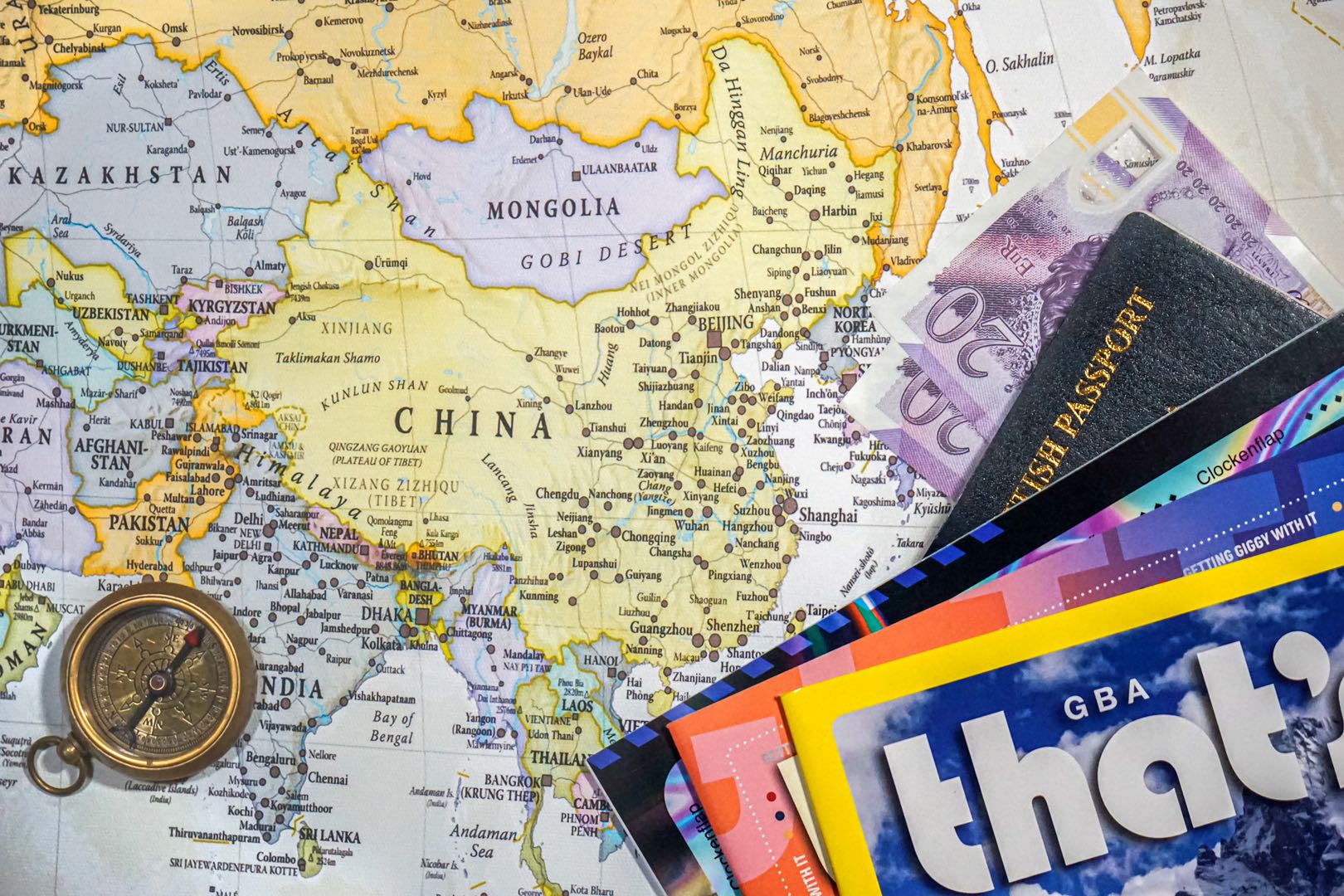
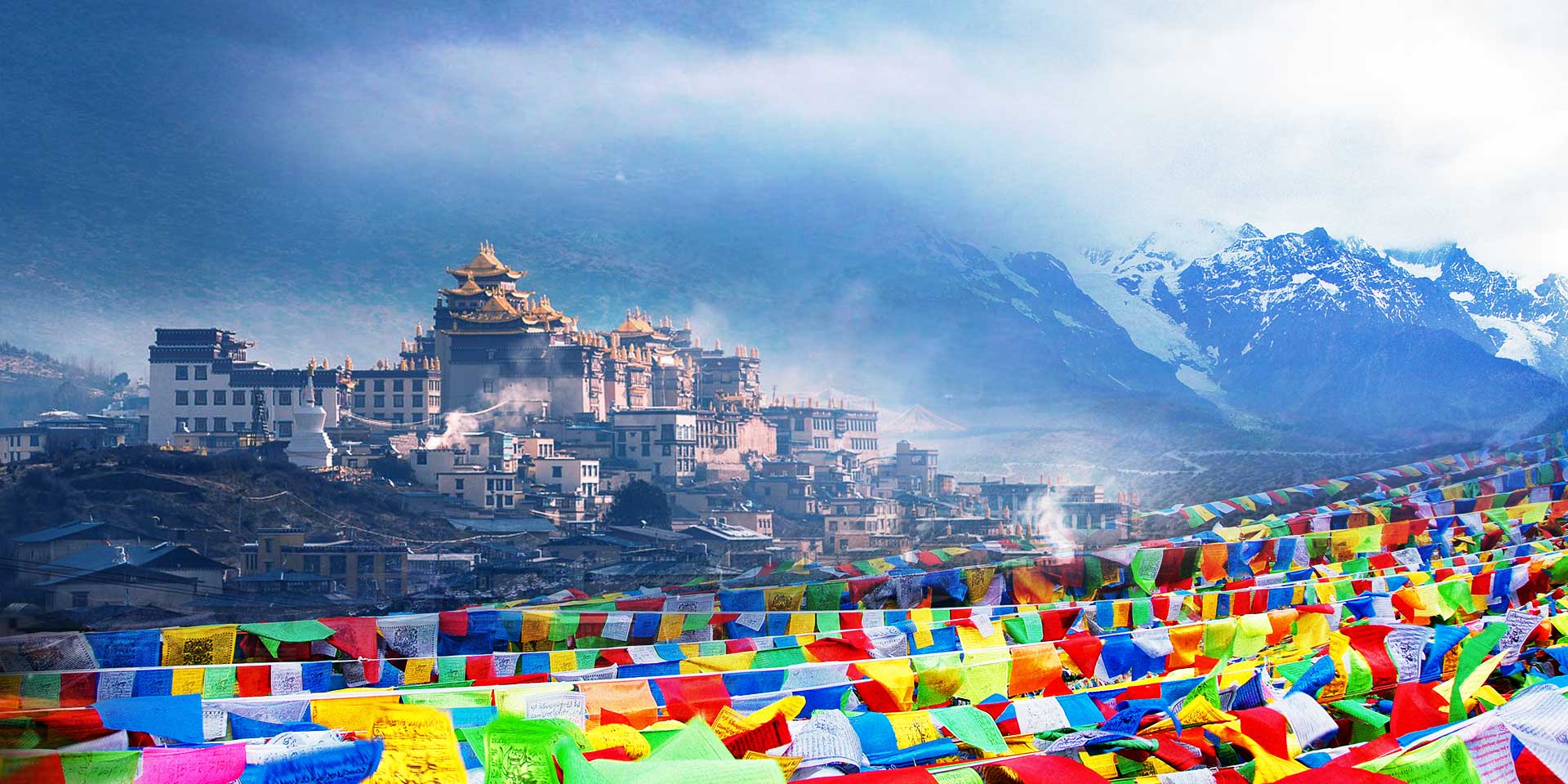
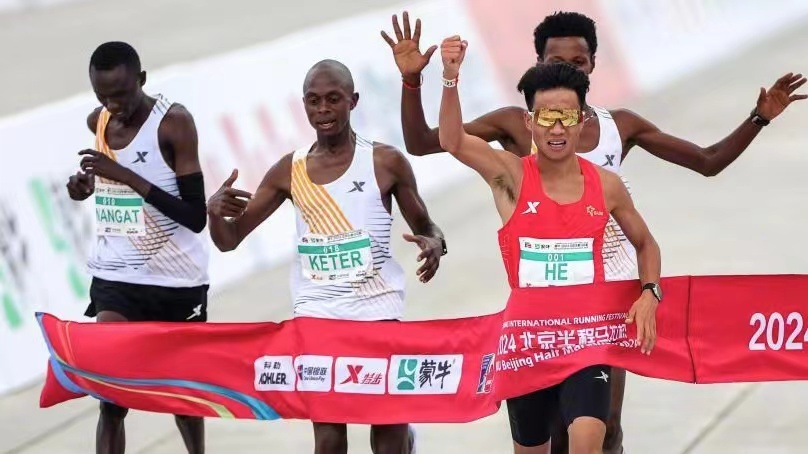













0 User Comments